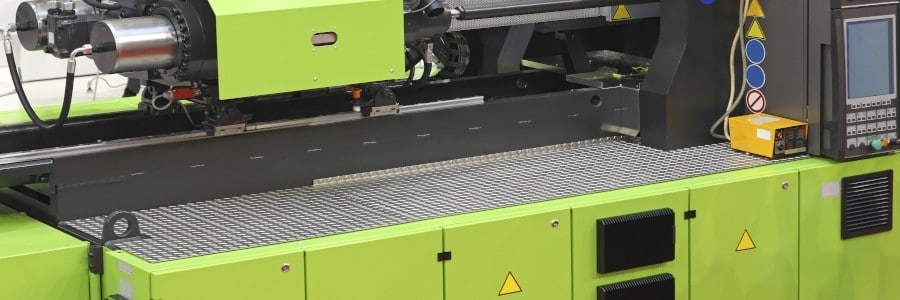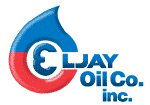Varnish Removal in Hydraulic Systems: A Real-World Test Case

Varnish buildup resulting from oil degradation is a problem that plagues all kinds of lubricated industrial equipment. In hydraulic systems, it tends to form in areas of high heat or tight tolerances, from servo valves to the fundamental plumbing of the circulating system. Persistent and unchecked varnish can significantly impede operational efficiency. In the worst case, it can cause severe enough damage to require costly repairs and downtime, or even full replacement of expensive equipment.
One of our customers faced that very predicament – the prospect of having to scrap three plastic injection molding machines, worth an estimated $500,000 apiece, if their varnish problem could not be solved. We’ll explain how we solved it in a moment, but first let’s explain varnish – what it is, where it comes from, and how it can best be removed.
What is varnish?
Varnish is a thin, lustrous, oil-insoluble deposit that bonds to metal surfaces of internal equipment components. Composed primarily of organic residue mixed with metals, inorganic salts, and other contaminants, it is typically caused by the breakdown of the hydraulic fluid triggered by excessive heat. As the oil degrades, impurities form and cluster into insoluble, sub-micron particles. In short order, these particles become polar, or magnetically attracted to metal surfaces, where they form a hard or sticky plate that impairs equipment operation.
One of the big challenges with varnish is simply knowing when it is present, since it is usually hidden from view. Oil sampling can tell you if there are precursors of varnish in the oil. However, once varnish forms, it leaves no traces in the oil. A Membrane Patch Colorimetry test, such as Chevron’s MPC Plus oil analysis, can be an effective predictor of polar substances forming in the oil. Visual inspection, however, is the only definitive way to know if varnish has formed in the system. That means taking components out of the system – and taking the system out of service. If a component is performing erratically or the system is running hotter than usual, that usually indicates a visual inspection is warranted.
There are a number of solvent-based detergent and dispersal formulas on the market that purport to clean varnish, but most are ineffective at removing it entirely. Some may even cause additional problems. If they break up the plated varnish into solid chunks or flakes, those will most likely be circulated back into other areas of the system. Moreover, if there is residual oil in the system and the cleaner is not completely flushed out, it can compromise the new oil that is put in.
What is VARTECH® ISC?
VARTECH® ISC (Industrial System Cleaner) is a non-solvent-based varnish removal product that can be added directly to hydraulic fluid during operation, just prior to a scheduled oil change. It works by solubilizing the plated varnish, which is then suspended in the lubricant as micro-sized particles, which in turn are removed completely when the old oil is drained. VARTECH ISC is fully compatible with all mineral-based and synthetic hydraulic fluids, minimizing the risk of harm to the system when fresh oil is introduced after a cleaning.
In exhaustive testing, both in our own lab and at major research universities, Chevron’s VARTECH ISC has been proven effective at removing varnish completely and restoring hydraulic systems to full operational health. However, the most dramatic proof of its effectiveness in hydraulic systems came in the case of the plastic injection molding plant operator mentioned earlier.
The customer ran three Cincinnati Milacron 850-Ton units that were destined for the scrap heap after performing poorly due to the level of varnish build-up. Two attempts at resolving the issue with commercial cleaners and a scrubbing brush were unsuccessful. Then the customer agreed to a field test of VARTECH ISC.


The before-and-after results speak for themselves. Not only was the varnish completely removed, leaving the affected components with a “like-new” shine, but equipment thought to be at the end of its life was able to go back into full operation, saving the customer an estimated $1.5 million. And it was able to resume producing at normal rates.
The success and profitability of industrial operations depend on the reliable performance of equipment for as long as possible. Mitigating the impact of varnish is a critical part of equipment maintenance. Where other solutions have failed, Chevron’s VARTECH ISC has proven to restore reliability and extend the life of hydraulic systems that have been compromised by varnish – delivering potential cost savings in the millions and enabling plants to sustain optimal production output.
